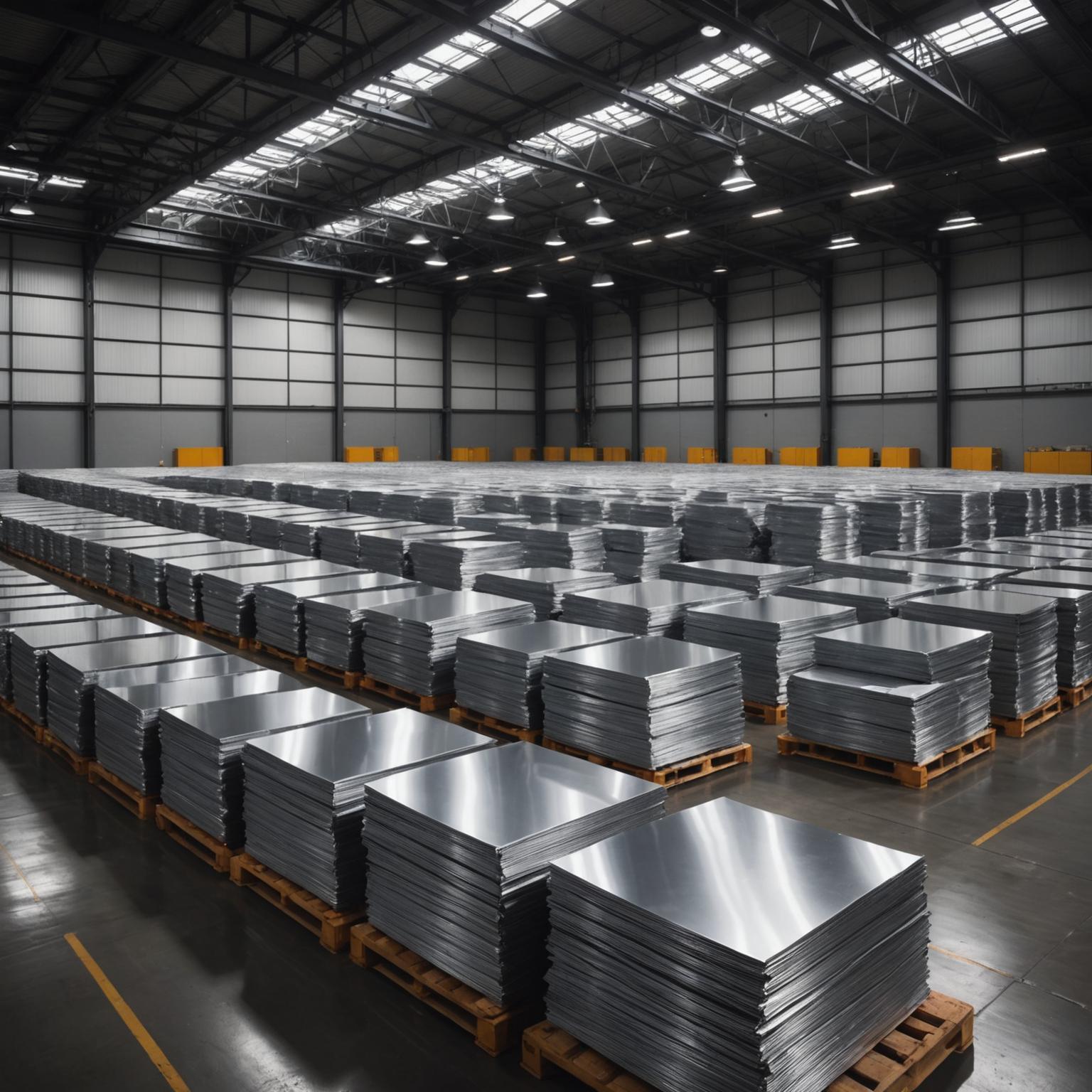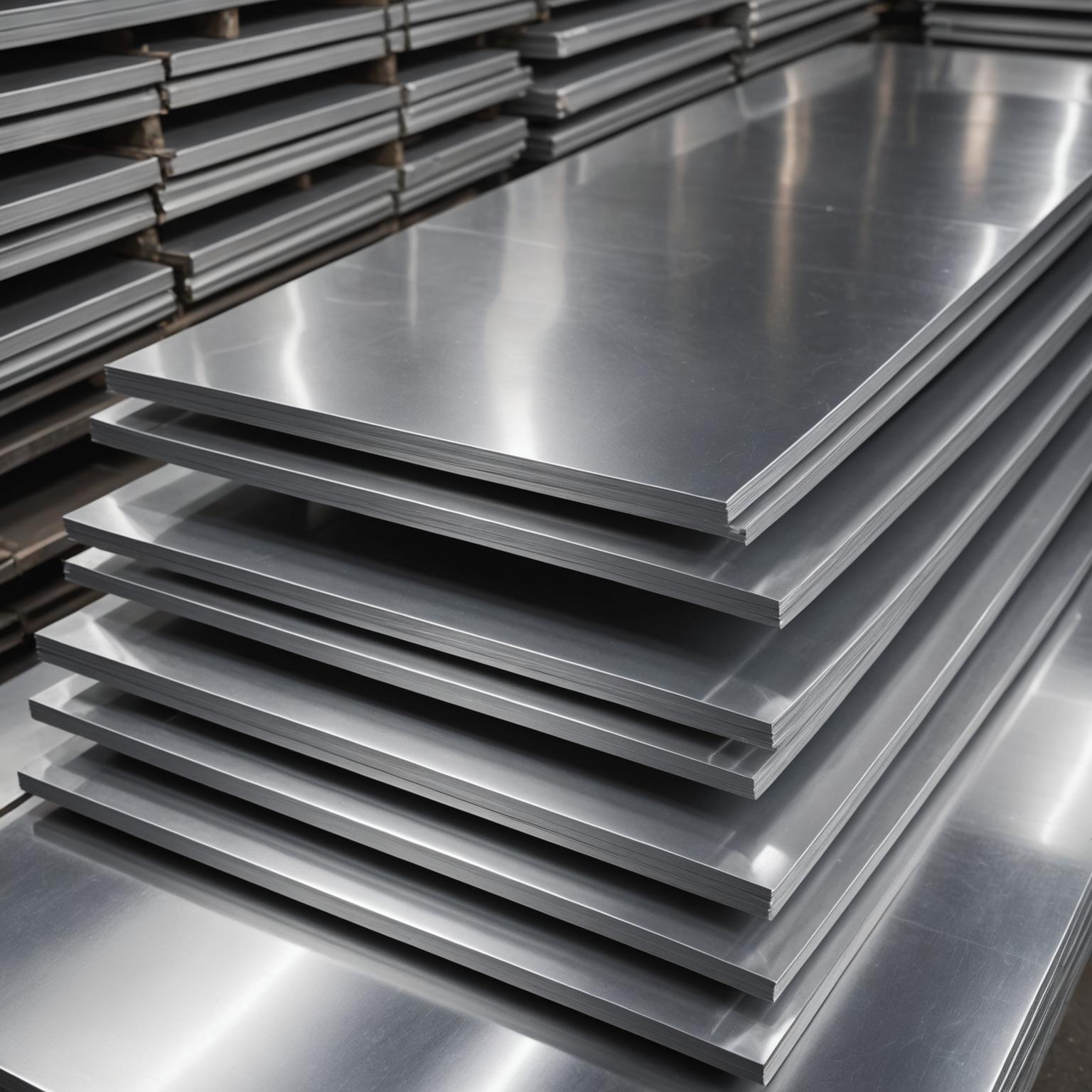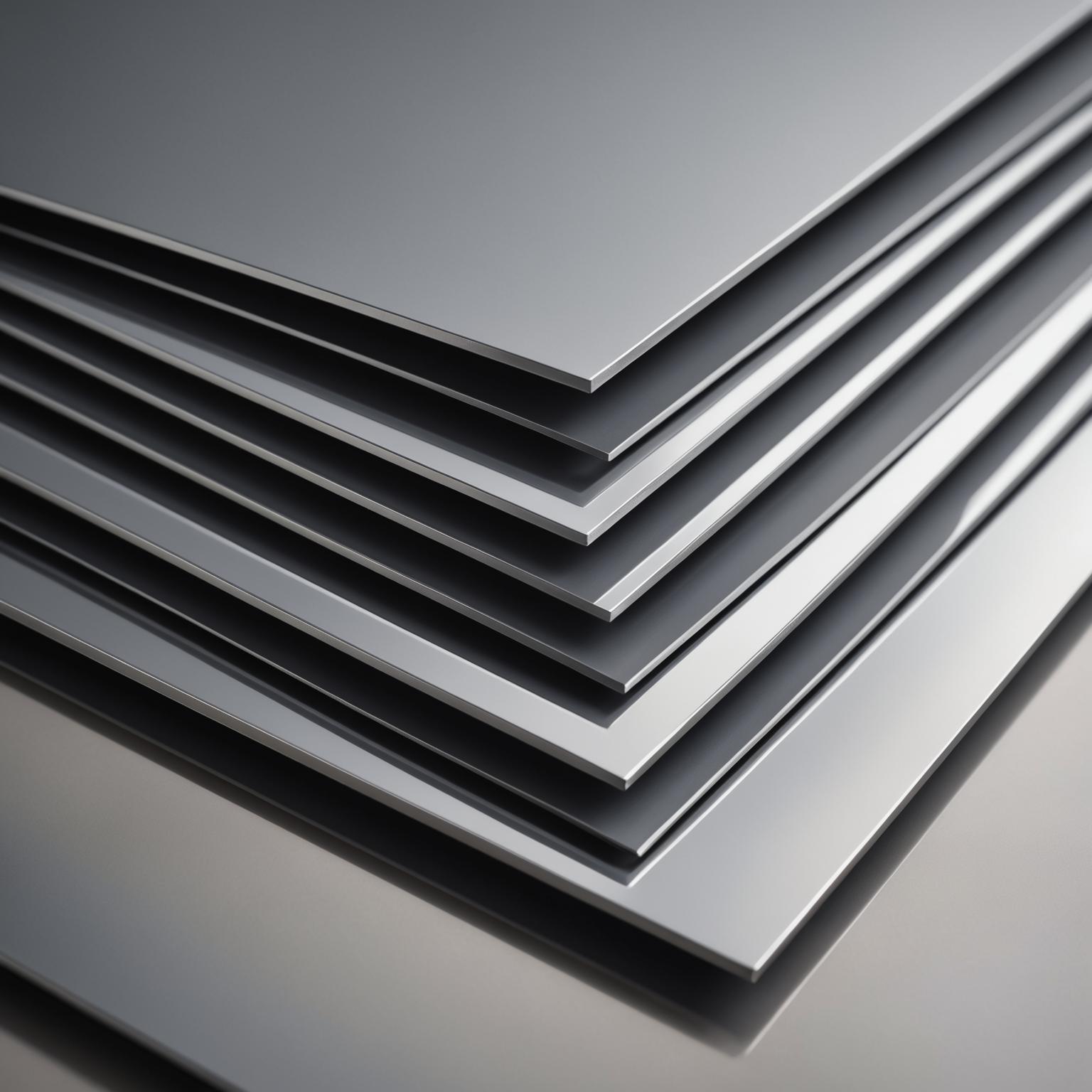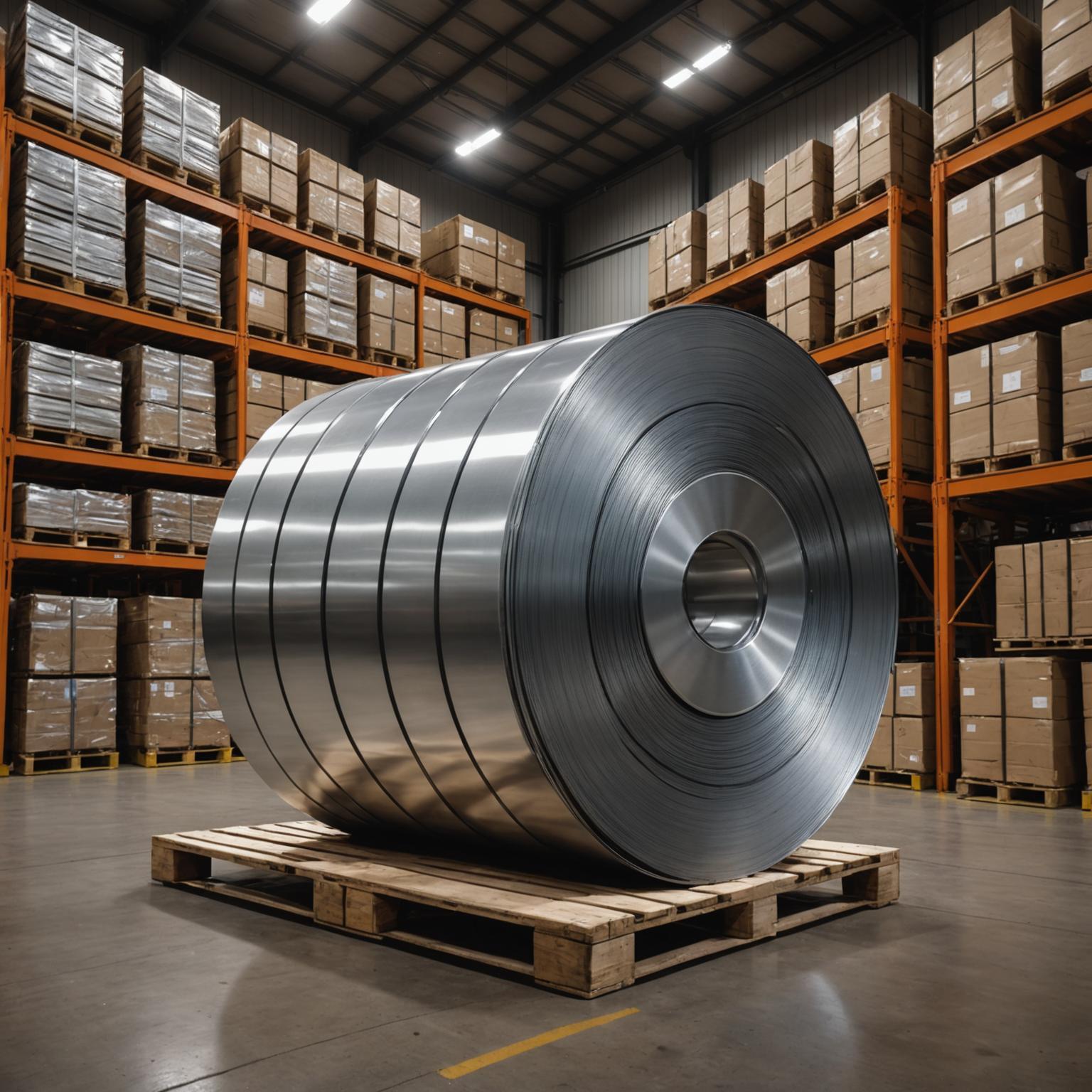When embarking on any project, whether it's an architectural feature, an industrial component, or a piece of high-end equipment, the choice of material is fundamental to its success and longevity. Two of the most common and versatile metals in contention are stainless steel and aluminum. While both offer a modern, metallic aesthetic, their underlying properties create significant differences in performance. The debate over stainless steel sheet vs aluminum durability is a critical one, as understanding their respective strengths and weaknesses is key to making an informed decision. For applications demanding robust performance and a lasting finish, a high-grade stainless steel sheet often emerges as the frontrunner, but a direct comparison reveals a more nuanced picture.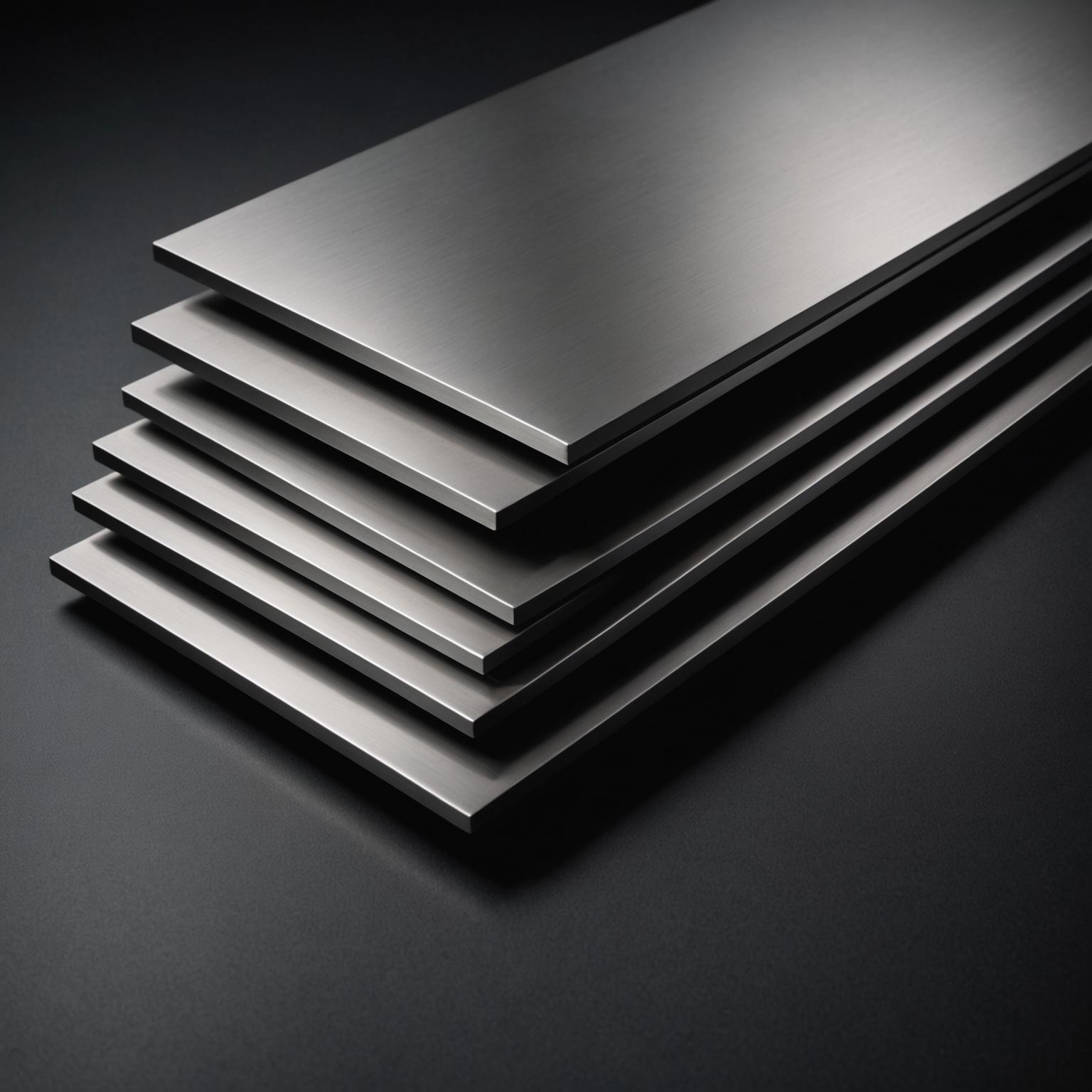
Fundamental Differences: Composition and Weight
At their core, stainless steel and aluminum are fundamentally different materials. Stainless steel is not a pure element but an iron-based alloy, defined by the inclusion of at least 10.5% chromium. It is this chromium that creates a passive, self-repairing oxide layer on the surface, granting the metal its renowned resistance to corrosion and staining. Other elements like nickel and molybdenum can be added to enhance specific properties, such as formability or resistance to specific types of corrosion. This complex composition results in a dense, heavy material, which contributes significantly to its feeling of substance and strength. Aluminum, on the other hand, is a lightweight, non-ferrous element. It is roughly one-third the weight of steel. This low density is one of its most celebrated attributes, making it a prime choice for industries where weight is a critical factor, such as aerospace and automotive manufacturing. While it also forms a protective oxide layer, its overall composition is far simpler, which directly impacts its performance under different types of stress.
Strength and Hardness: A Clear Winner
When durability is measured in terms of raw strength, hardness, and resistance to physical impact, stainless steel holds a significant advantage. It possesses a much higher tensile strength, meaning it can withstand more tension or pulling force before breaking. It is also considerably harder, making it far more resistant to scratching, denting, and surface abrasion. This inherent toughness is why a stainless steel sheet is the preferred material for commercial kitchen countertops, heavy-duty machinery, and high-traffic architectural elements. The material's ability to endure daily wear and tear without showing significant damage is a testament to its robust nature. Aluminum, being a softer and more malleable metal, is much more susceptible to dents and scratches. While this malleability makes it easier to form into complex shapes, its relative softness is a drawback in applications where the surface is exposed to potential impacts or abrasive forces.
Corrosion Resistance: The Battle Against the Elements
Both metals are lauded for their ability to resist corrosion, but they do so in different ways and excel in different environments. The chromium in stainless steel provides superior protection against oxidation (rust) and a wide range of chemical and acidic corrosives. Different grades of stainless steel offer varying levels of protection, with marine-grade 316 stainless steel providing exceptional resistance in saltwater environments. This makes it an ideal choice for marine hardware, coastal architecture, and chemical processing plants. Aluminum is also highly corrosion-resistant due to the rapid formation of a tough, transparent layer of aluminum oxide on its surface. This layer effectively protects the underlying metal from the atmosphere. However, aluminum can be vulnerable to corrosion in highly acidic or alkaline environments, where this protective layer can be compromised. Therefore, while both are excellent choices for resisting general environmental exposure, a stainless steel sheet typically offers a broader and more robust shield against a wider array of corrosive agents, ensuring a longer pristine appearance in aggressive conditions.
Long-Term Durability: Fatigue and Temperature Extremes
The concept of durability extends beyond simple strength to include resistance to fatigue and performance under extreme temperatures. Fatigue strength refers to a material's ability to withstand repeated cycles of loading and unloading. Stainless steel generally has a higher fatigue limit than aluminum, making it more reliable for components that are subject to constant vibration or cyclical stress, such as structural supports or machine parts. In terms of temperature, stainless steel maintains its strength remarkably well at high temperatures, whereas aluminum's strength begins to diminish significantly at temperatures above 200 degrees Celsius. Conversely, in cryogenic or extremely cold conditions, aluminum's properties can be advantageous as it tends to increase in strength without becoming brittle. Certain grades of austenitic stainless steel also perform well at low temperatures, but others can lose their ductility. This distinction makes the selection process highly dependent on the specific operational environment of the final product.
Conclusion: Making the Final Decision on Durability
In the direct comparison of stainless steel sheet vs aluminum durability, there is no single answer that fits every situation. The choice depends entirely on the specific demands of the application. If the primary requirement is a high strength-to-weight ratio, such as in aircraft or lightweight vehicle manufacturing, aluminum is the undisputed champion. Its low density combined with good corrosion resistance makes it perfect for applications where every gram counts. However, when the definition of durability centers on absolute strength, hardness, scratch resistance, and resilience in chemically harsh environments, the stainless steel sheet is unequivocally the superior material. Its robustness ensures longevity in demanding settings, from industrial installations to premium architectural designs that must withstand the test of time. For projects where form must be matched with uncompromising function, the inherent strength and timeless elegance of stainless steel make it the definitive choice for lasting durability.



